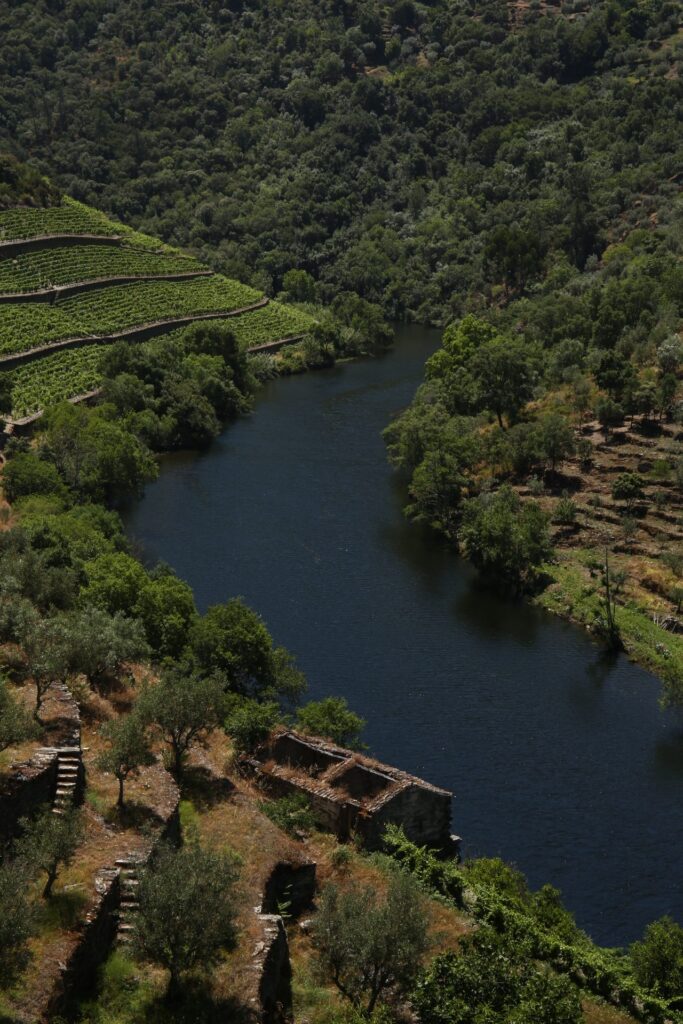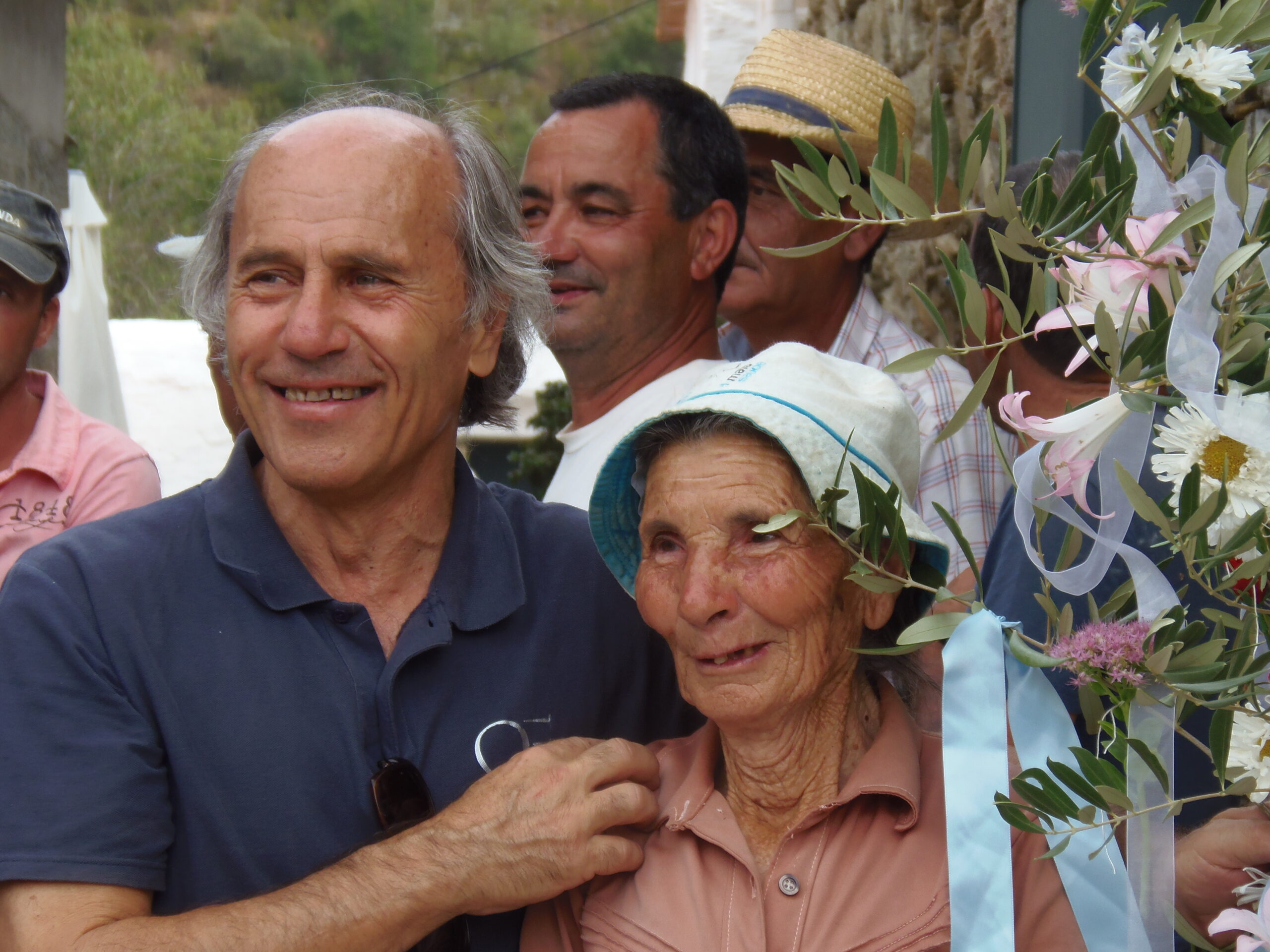In 2014, with 92 years of age, she made her last grape harvest at Quinta do Espinho.
Camila was not only a woman who was born, grew up and lived, worked and died in Douro.
She learnt working the vine with her parents, who had learnt it with their parents and those with the previous generation. These men and women work the whole year towards the harvest moment. They live of the land and for the land.
 Still today, the wine produced in this land needs man labour. This praise to all “warriors”, embodied by Camila, is to us a synonym of a great respect and appreciation for the Douro people.
Still today, the wine produced in this land needs man labour. This praise to all “warriors”, embodied by Camila, is to us a synonym of a great respect and appreciation for the Douro people.
Douro’s oldest vines (1750), planted in traditional terraces supported by stone walls, were built by hand by the Douro “warriors”. Centuries of hard work in extreme climate conditions do not come as little to anyone.
With one of the most distinctive terroirs of the wine culture history, these terraces provide for one of the most fantastic landscapes in the world.
Note: The vine demands an eleven-month work period per year, during the whole flowering cycle of the vine (from December to October).



